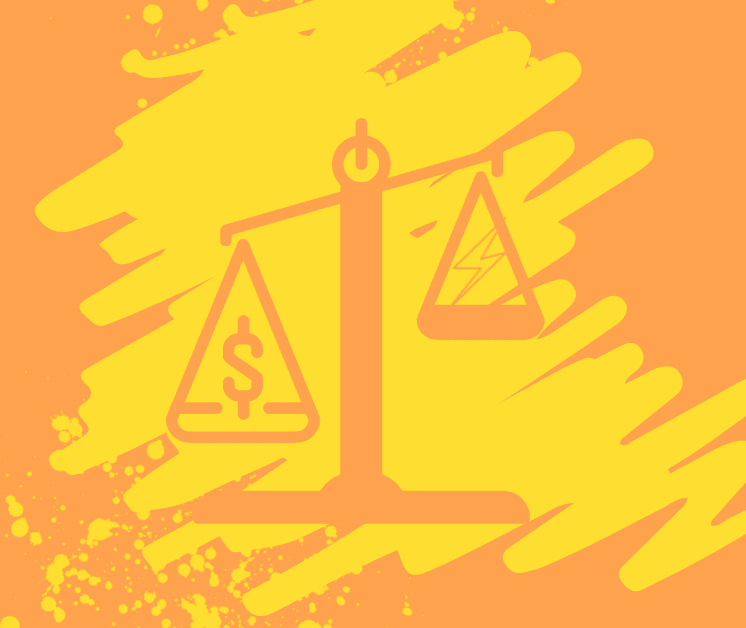The “Balance Sheet” is every business’s absolute reason for existence. Without profitable activity you will not survive and without a clean and healthy balance sheet you will not be certain of what your profitability is. This is why I argue that it should be an ongoing goal to “prove” the accuracy of your balance sheet monthly.
Why Accounting Matters in your Dealership
Accounting principles are often thought of as a “dry” topic by entrepreneurs and generally perceived as an unexciting aspect of managing their business. This invariably leads to a lack of interest in critiquing the balance sheet and an attitude of “get to it later” in our daily activity. I am often bewildered and troubled by this attitude.
If you are one of those business people who are “too busy” to worry about the balance sheet, grab a coffee and keep reading to learn why you need to change your accounting philosophy about your dealership balance sheet.
What is a Balance Sheet?
The best place to start is to recognize exactly what the balance sheet means to you. It is simple, the balance sheet definition I would like you to memorize is this: “It is the statement of your financial position at a given point in time” How does a balance sheet do this? Well, with the advent of modern and accurate computer systems it is an easy task. Fifty years ago we had to have a “General Ledger Book ” full of “T” accounts, which had to be manually reconciled with mental arithmetic to make sure it balances. These terms sound familiar? Nothing has changed about how to interpret the information gathered by every single financial transaction your enterprise makes, we can just do it so much faster now. This is why there is no excuse to have an untidy balance sheet. A lack of interest does not excuse a lack of effort.
How to Use a Balance Sheet at your Dealership
Now that I have convinced you of the value in paying more attention to this part of your business, what to do about it? This is the easy part. Yes, it takes some time, but it is not onerous, you just need discipline.
The basic premise with modern accounting principles is the simple mathematical equation:
A=E
Whereby A represents all of the companies Assets and E represents all of the equities.
It is at this point that I find a lot of novices to accounting principles start to get a bit lost. They say “what are equities?” You can think about it simply, like this:
“All of the people or entities that have a claim to a portion of your assets”
This is the point where the term “balance sheet” starts to be a bit clearer. Think about it. Your business has assets, they are easy to understand, with examples like the parts inventory, cash, tools and equipment, money owed to you by debtors, vehicles, furniture etc;
Now, think of equities as the flip side of assets, who has a “claim” against your assets? Maybe the bank has loaned you working cash, creditors have supplied parts on 30 day terms, you have lease against company vehicles etc; This all makes sense and is easily recognized by most business owners when they look at their balance sheet.
So far, it is clear enough, what’s the big deal you say? Well now we will get to the “meat” of this topic. This is where we delve into the mysterious zone of retained earnings.
What are Retained Earnings?
OK, why is this mysterious, it should be simple? Everyone knows retained earnings is the accumulation of profit and loss from trading over time, right? Correct, but this is where the mystery is: Retained Earning (profit and loss) can only be relied upon to be accurate if all of the Asset and Equity accounts are accurate So now we are getting to the discipline I have referred to earlier. That is, the discipline to PROVE YOUR BALANCE SHEET on a regular basis. By this. I mean the very simple disciplines to make sure your asset and equity accounts are accurate. Because if they are not, then eventually they will be found to be incorrect and where does the adjustment have to be made? RETAINED EARNINGS.
It is this lack of discipline to regularly PROVE THE BALANCE SHEET that catches business out. We have all heard of spectacular large corporate failures because they have inaccurate accounts of A and E which eventually catches up to them. Well, the same can happen to your business.
Remember you pay tax to the government based on what the profit and loss says. You pay yourself and other shareholders dividends based on what the profit and loss says. Finance companies and banks loan money based on what the profit and loss says. So when you think about this, don’t you need to be certain the Profit and Loss statement is accurate? One thing that can’t be argued is:
IF YOU DON’T PROVE YOUR BALANCE SHEET, THEN YOU CAN’T TRUST THE P&L STATEMENT!!!
Now that you understand the true function of your balance sheet, learn how you and your team and keep your dealership’s balance sheet balanced in our new blog article.

